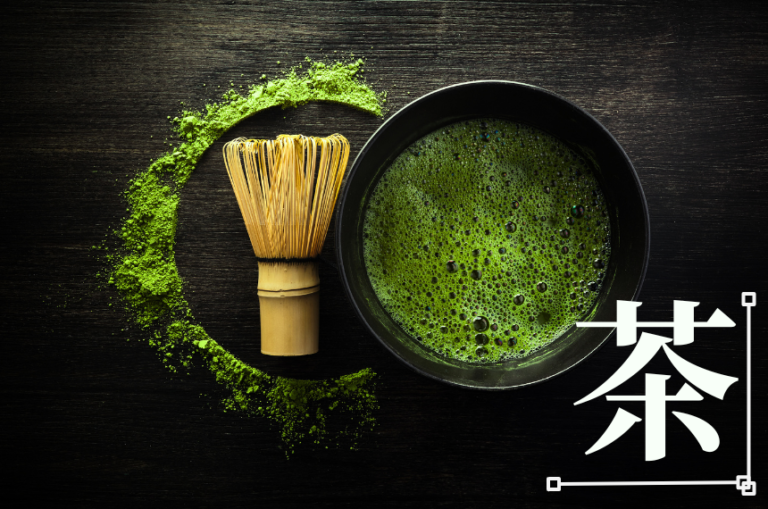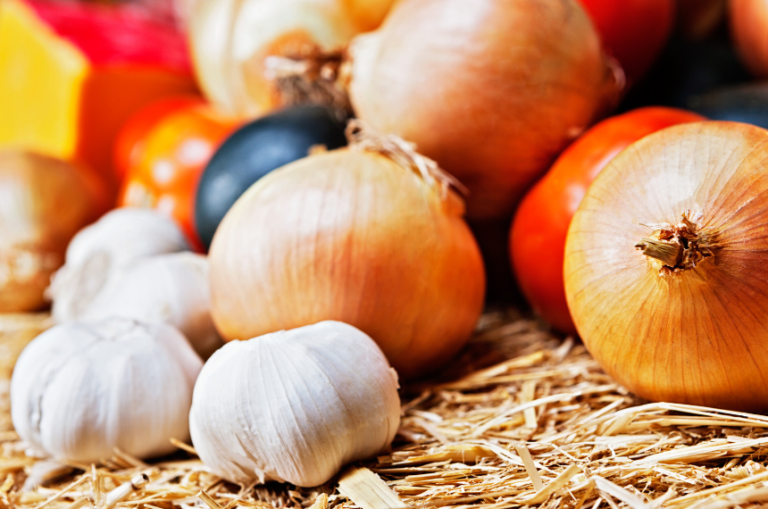Your basket is currently empty!
“This egg waffle is delicious!” “Really? I think the grid cake tastes better.”
When it comes to food, whether something is tasty or not is always subjective. Some people find certain dishes delightful, while others may not share the same sentiment. However, one factor that undeniably affects the deliciousness of ingredients is the aroma of the food before it even hits our taste buds.

Indole is an organic compound known for its distinctive aromatic scent. It’s a nitrogen-containing cyclic compound commonly found in natural substances like certain plant oils, metabolic byproducts in animals, and coal tar. Indole is also used in the production of dyes, perfumes, and pharmaceuticals. In biochemistry, it serves as an important structural unit with various biological activities.
Aroma—whether pleasant or foul—might seem subjective, but it can actually be measured scientifically, particularly through a compound called indole.
Indole affects our sense of smell because of its strong aromatic properties. When we detect indole, it interacts with our olfactory receptors, triggering specific chemical reactions that lead us to perceive this unique scent. Various odor molecules bind to specific receptors in our olfactory system, sending nerve signals to the brain, which interprets them as distinct smells. Thus, the molecular structure and characteristics of indole enable it to evoke fragrant aromas.

Take stinky tofu as an example—it’s typically made from fermented tofu, and indole is a common organic compound that may be present during this fermentation process. As a nitrogen-containing cyclic compound with a peculiar odor, indole can contribute to the unique scent found in some fermented foods.
At room temperature, indole is solid. It’s widely distributed in nature, especially in human and animal waste, where it emits a strong fecal odor. However, at very low concentrations, indole can smell floral—it’s a component of many flower fragrances like orange blossom. Interestingly, coal tar also contains indole. This duality means we can’t simply label indole as either fragrant or foul. Many organic compounds contain the indole structure, including tryptophan and proteins that contain tryptophan, as well as alkaloids and pigments. Cruciferous vegetables like broccoli, kale, and bok choy are rich in indole—primarily in the form of glucosinolates. During cooking and digestion, these glucosinolates can transform into indole, which may have anti-inflammatory, antibacterial, and antioxidant properties. The indole found in these foods contributes to maintaining human health.
Note: While indole itself doesn’t directly possess anti-inflammatory, antibacterial, or antioxidant effects, it can be metabolized into various byproducts within the body that may exhibit these benefits. By understanding how compounds like indole influence our perception of flavor and aroma, we can appreciate the complexities of food beyond just taste. So next time you savor a dish or wrinkle your nose at something unfamiliar, remember: there’s more than meets the eye (or nose) when it comes to flavor!






